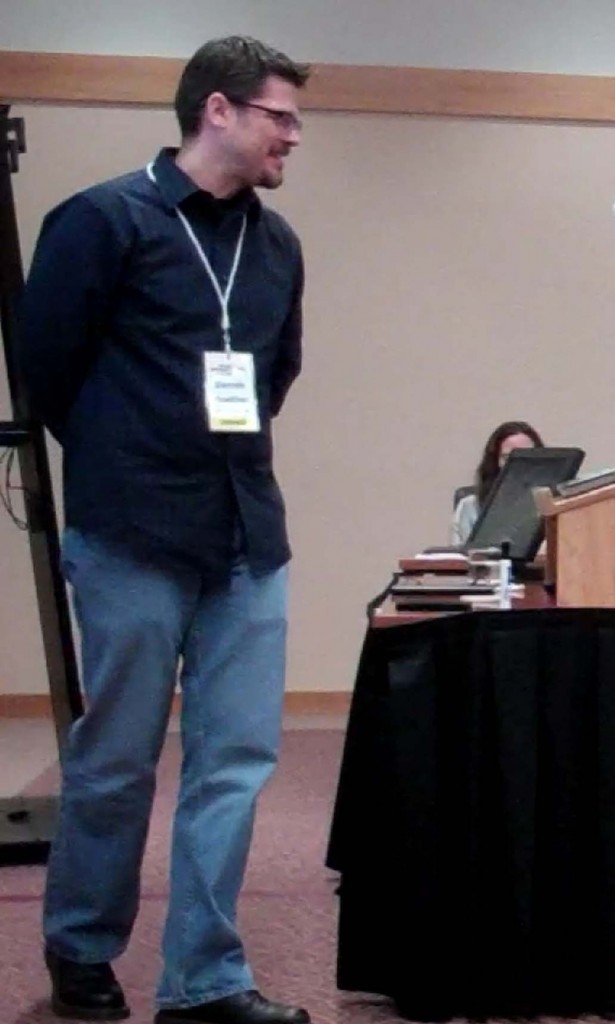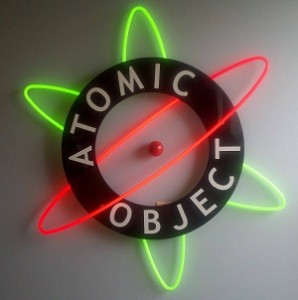Because I will be speaking at the Great Lakes Software Excellence Conference (#glsec) on April 16, I will be unable to attend Agile Games 2011 (#agilegames). Realizing my session was for 50 minutes, I wanted to include a game as part of my talk. Seriously, can you image listening to me talk for 50 minutes straight? When I've seen other speakers who included collaborative play or human interaction in their presentations, it made the session so much more enjoyable. So, I contacted Brian Bozzuto of BigVisible to ask if he could help me with a game on servant-leadership.

Brian made some recommendations and here is my final idea. I call it Simon Says versus Red-Light-Green-Light. I'll admit, I find it hard to believe someone else has not documented this "game versus game" as an exercise to help people understand the concept of empowerment or servant-leadership. If you know of someone who has documented this game, please let me know so I can give them credit.
Command and Control Management
Game: Simon Says (Modified)
The Goal: Participants want to get from one side of the room to the next, via instructions from you (Simon). Participant must be navigated around obstructions and follow Simon's instructions (regardless if instructions help the participant get closer to the goal or not.)
- Line up a group across the room from you.
- Tell the players that they should all obey you if you first say the words "Simon says." (all directions will begin with "Simon says")
- Tell them the goal of the game is to get across the room in the shortest possible path.
- Begin by saying something like, "Simon says, participant 1, take 3 steps forward."
- Look to make sure he or she has taken 3 steps forward.
- Give another order such as, "Simon says, participant 2, take 1 step to the left."
- Continue giving orders. Having the players navigate toward the goal and around obstructions.
- Give a few players direct paths to the goal and a few players crazy instructions that do not help them reach the goal.
Servant-Leadership
Game: Red Light Green Light (Modified)
The Goal: Participants (cars) want to get from one side of the room to the next, via self-direction and verbal input. You will act as the stoplight. Someone will act as the obstructionist, who will block cars with whatever is available. When stopped, the obstructionist will block cars. The stoplight will then ask the cars if they want obstructions removed or if they want to continue on.
- Line up a group across the room from you (the Stoplight).
- Tell the cars that they should all obey the instructions to stop or go by the verbal queues of red light and green light.
- Tell them the goal of the game is to get across the room in the shortest possible path.
- Begin by saying "Green light", allowing cars to approach the goal.
- Give the order "Red light."
- Have an obstructionist block the cars in some way.
- Ask the cars if they wish you to move any obstructions or if they wish to continue on. (just ask if they need help)
- Give stop-go orders until the the last car reaches the goal.
That's it! That's my comparison between a traditional top-down management environment versus an empowered environment with the assistance of a servant-leader. If you have any comments or suggestions, I would love to hear them.
HT: Brian Bozzuto






